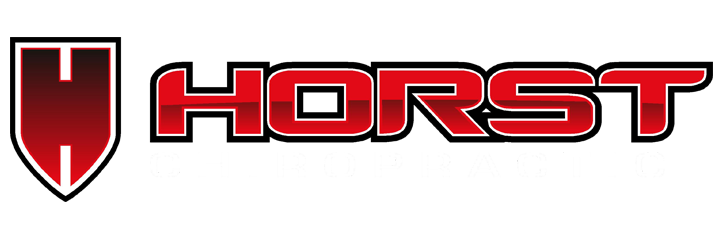Chiropractic Treatment for Hyper or Hypo Lordosis
The human spine is slightly curved in the lumbar (lower back) and cervical (neck) regions. If you look at someone standing naturally straight in profile, you can see some of this slight S-shaped curve to their spine. When the spine’s curvature is off, it can lead to pain and problems with flexibility, mobility, and general wellness.
Dr. Nathen Horst is an experienced chiropractor and pain relief expert based in Temecula, CA. Over the years, he has treated conditions affecting the curvature of the spine. The team at Horst Chiropractic would like to go over the basics of hyper- and hypolordosis, and how regular chiropractic adjustments can help.
About Hyperlordosis and Hypolordosis
Hyperlordosis and hypolordosis refer to issues with the spine’s natural curvature, with a pronounced inward or outward curve in the lumbar region.
- Hyperlordosis – Hyperlordosis means that your spine curves too far inward. Usually this means that the pelvis is too far forward. This condition is also known as swayback and saddleback.
- Hypolordosis – Less common than hyperlordosis, hypolordosis refers to the flattening of the curve in the lumber spine. This means a straight spine rather than curvature of the lumbar region. The condition is also known as flatback.
If hyperlordosis and hypolordosis are not treated, the conditions can severely affect your posture. Both conditions shift the weight distribution of the spine, lead to weaker leg and hip flexor muscles, and increase the risk of pinched or compressed nerves in the spine.
What Causes Hyperlordosis and Hypolordosis?
Hyperlordosis and hypolordosis are generally caused by congenital issues combined with bad posture over a long period of time.
The following conditions can all contribute to these conditions:
- Obesity
- Spinal injury
- Poor core strength
- Rickets
- Neuromuscular diseases
- Wearing high heels for long periods of time
- Standing for long periods of time
Treating Hyperlordosis and Hypolordosis
Most cases of hyperlordosis and hypolordosis can be treated through lifestyle changes and physical therapy. Surgery is only required for severe problems with spinal alignment that cannot be sufficiently addressed through non-invasive approaches.
How Chiropractic Care Can Help
Chiropractic adjustments are an ideal way of treating issues with the shape of the spine. An adjustment session with Dr. Horst can help reduce the pain associated with hyperlordosis and hypolordosis. Realigning the spine can allow you to achieve a more ideal spinal curve and enjoy numerous everyday activities again with fewer limitations.
In addition, chiropractic care can help you perform exercises to improve the stability of your spine, strengthen weak core muscles, and improve your posture. Over time, these activities can help minimize the harm that may be done by hyperlordosis or hypolordosis.
A Holistic Approach to Spinal Treatment
In addition to chiropractic adjustments to your spine, we can also discuss other aspects of your health that can be addressed to help manage and treat hyperlordosis and hypolordosis.
For instance, we can discuss your diet to help you lose weight and reduce the stress on your lower back. We can also recommend exercises you can do at home between chiropractic adjustments to help you strengthen your core and straighten your posture.
Learn More about Chiropractic Treatment
For more information about treating spinal problems and improving your overall health and well being, be sure to contact an experienced chiropractor and total wellness specialist. The team at Horst Chiropractic is here to help.


